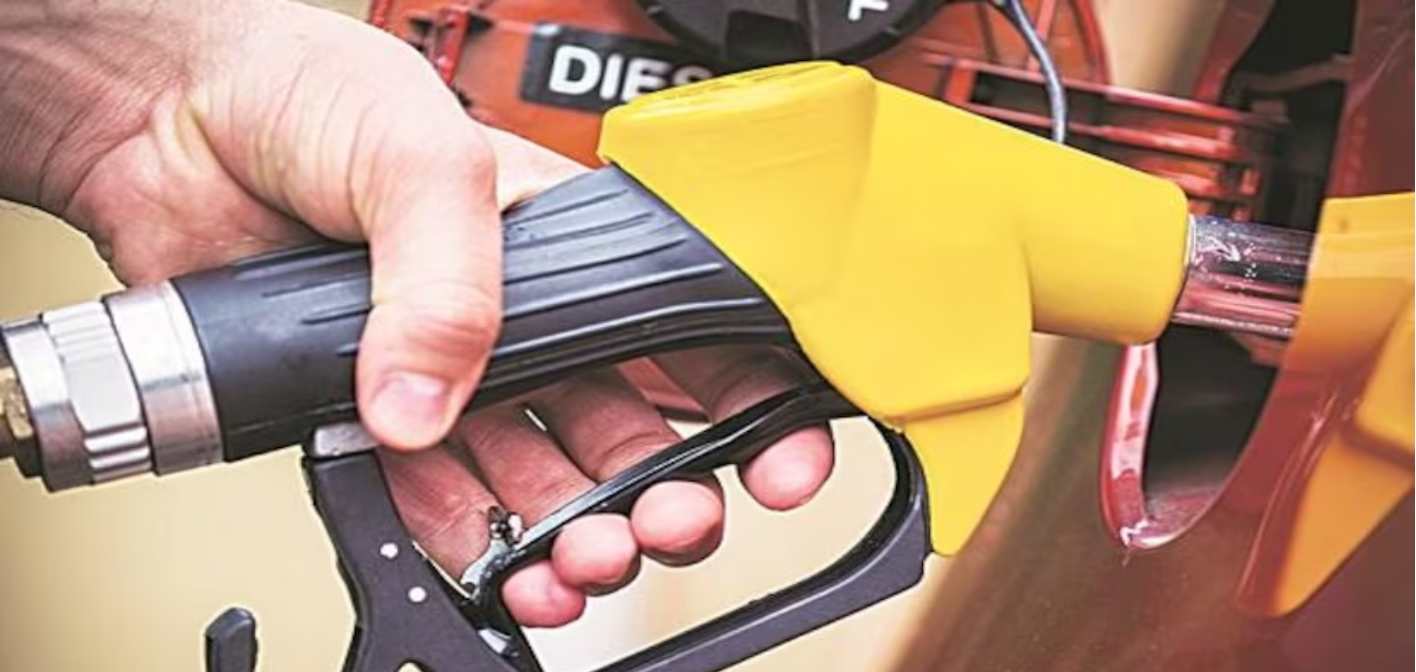Govt eyes ethanol to meet its 5% biodiesel blending target by 2030

The government is banking on ethanol to meet its target of blending 5 per cent biodiesel in diesel sales by 2030, officials said.
Widely used in Europe, biodiesel refers to biodegradable fuel traditionally manufactured from vegetable oils, animal fats, or recycled restaurant grease.
But its adoption on a large-scale across the country hit multiple hurdles due to the limited availability of biodiesel feedstock.
Despite launching an exercise to tune the existing national biodiesel policy with more incentives, no viable solutions were found, officials told Business Standard.
As a result, Oil Marketing Companies (OMCs) were asked to prioritise research on how to commercially blend ethanol in diesel.
The Centre’s ethanol blending programme has been a major success for petrol, with E20 petrol (petrol blended with 20 percent ethanol) now selling at more than 1,900 pumps across the country.
“It is only logical that ethanol blended diesel be explored as a viable clean fuel. We are closely watching the development,” a petroleum and natural ministry official said.
Both BPCL and HPCL are in the process of running vehicles on diesel mixed with ethanol, he added.
After the United States (US) and Brazil, India is the world’s third-largest producer of ethanol, according to the International Energy Agency (IEA).
The current 5 per cent biodiesel blending target was announced in the National Policy on Biofuels, 2018.
It also reduced the GST rate for biodiesel supplied and offered remunerative prices for procurement.
The percentage of blending of biodiesel in diesel stood at less than 0.1 per cent in August, 2021, the ministry informed the Lok Sabha.
This has expanded since but stood at around 0.3-0.5 per cent, two senior officials from multiple OMCs said.
“Now, after a lull of 3 years due to the pandemic, biodiesel purchases by OMCs have gone up to pre-covid levels in the current year. This is due to the Repurpose Used Cooking Oil (RUCO) initiative. But even then, we don’t expect the overall level of blending to go up significantly. There is a major lack of biodiesel available in India,” one of the officials said.
However, OMCs continue to publicise the RUCO initiative, which involves the collection of Used Cooking Oil (UCO) for the conversion to biodiesel.
The three major OMCs have floated expressions of interest (EoI) for the supply of biodiesel from UCO at 200 locations.
Studies are ongoing to see whether other compounds can be blended in diesel, including methanol obtained from sustainable biomass, often called bio-methanol and Dimethyl Ether, a synthetically produced gas extensively used as an aerosol propellant.
Lack of supply has been a perennial issue. Policies have been in place to encourage biodiesel production in India since 2005.
The Biodiesel Purchase Policy had listed the standards and prioritised non-edible tree borne oils such as Jatropha curcas and Pongamia pinnata (the Indian Beech tree called Karanj in Hindi) as feedstock.
Yet, most of these projects have not picked up due to shortages in seed supplies, and high costs for plantation and maintenance.
Challenges in harnessing these oils, such as long gestation periods and poor yields, meant that procurement of biodiesel by the OMCs only began in August 2015.
To date, most of the biodiesel procured by OMCs has been produced from Palm Stearin Oil, UCO, and negligible quantities from tree borne oils.


















